I have never interviewed a board game illustrator. So I reached out to one of my favourites, Vincent Dutrait, and he agreed to answer some questions! You can read the interview here! The post Interview with Vincent Dutrait appeared...
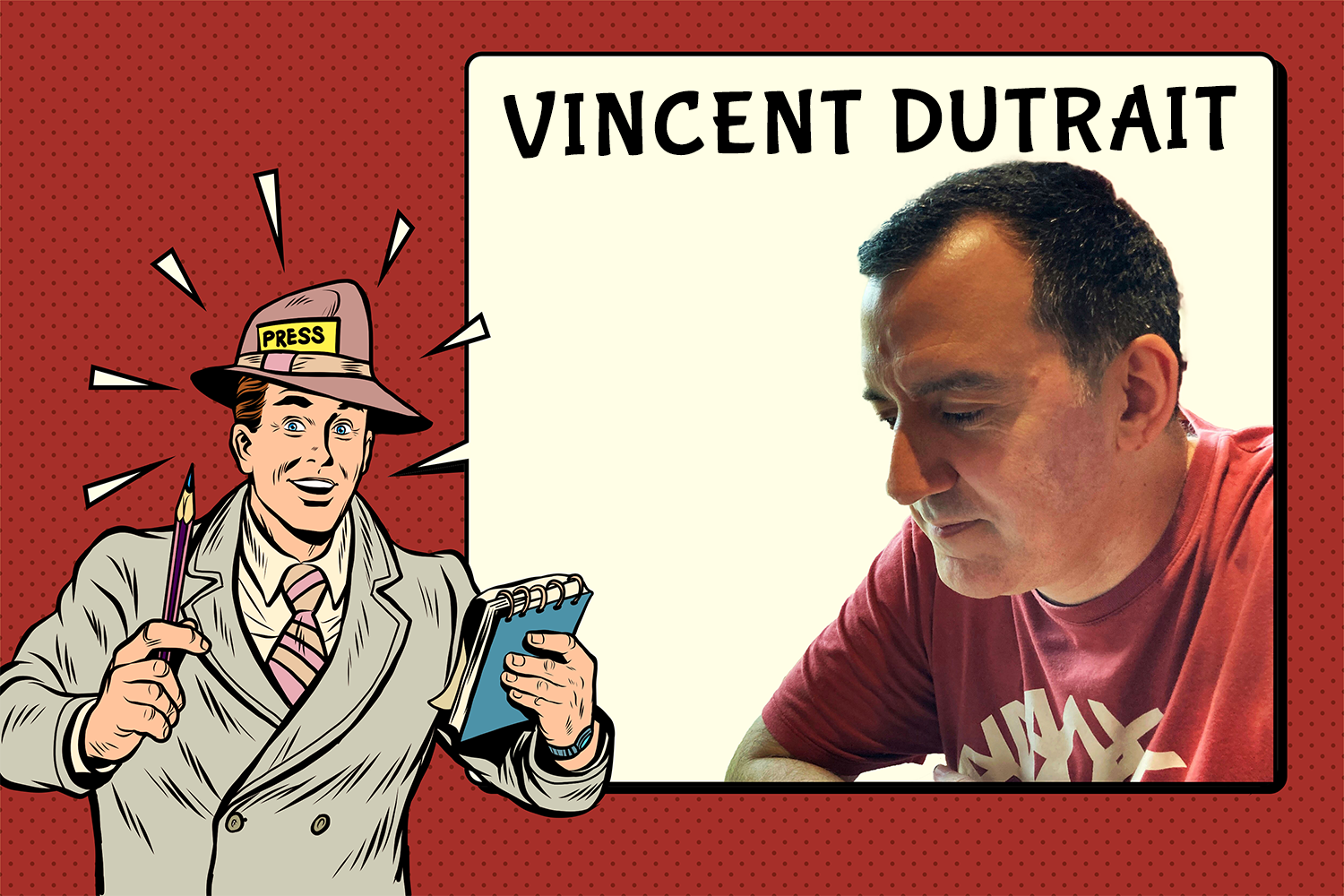
Interview with Vincent Dutrait
One of the defining things about modern board games is how darn beautiful they have become. This is in a large part because the industry have invested in illustrators to set the scenes of their tabletop creations. There are a few names that have become almost synonymous with board game illustrations and among my favourites is Vincent Dutrait. Many of the games I love to look at feature the illustrator’s style; Tenpenny Parks, After Us, Lost Cities and Treasure Island to name but a few. You can therefore understand why I felt pretty fortunate when Vincent agreed to answer some questions from me by email.
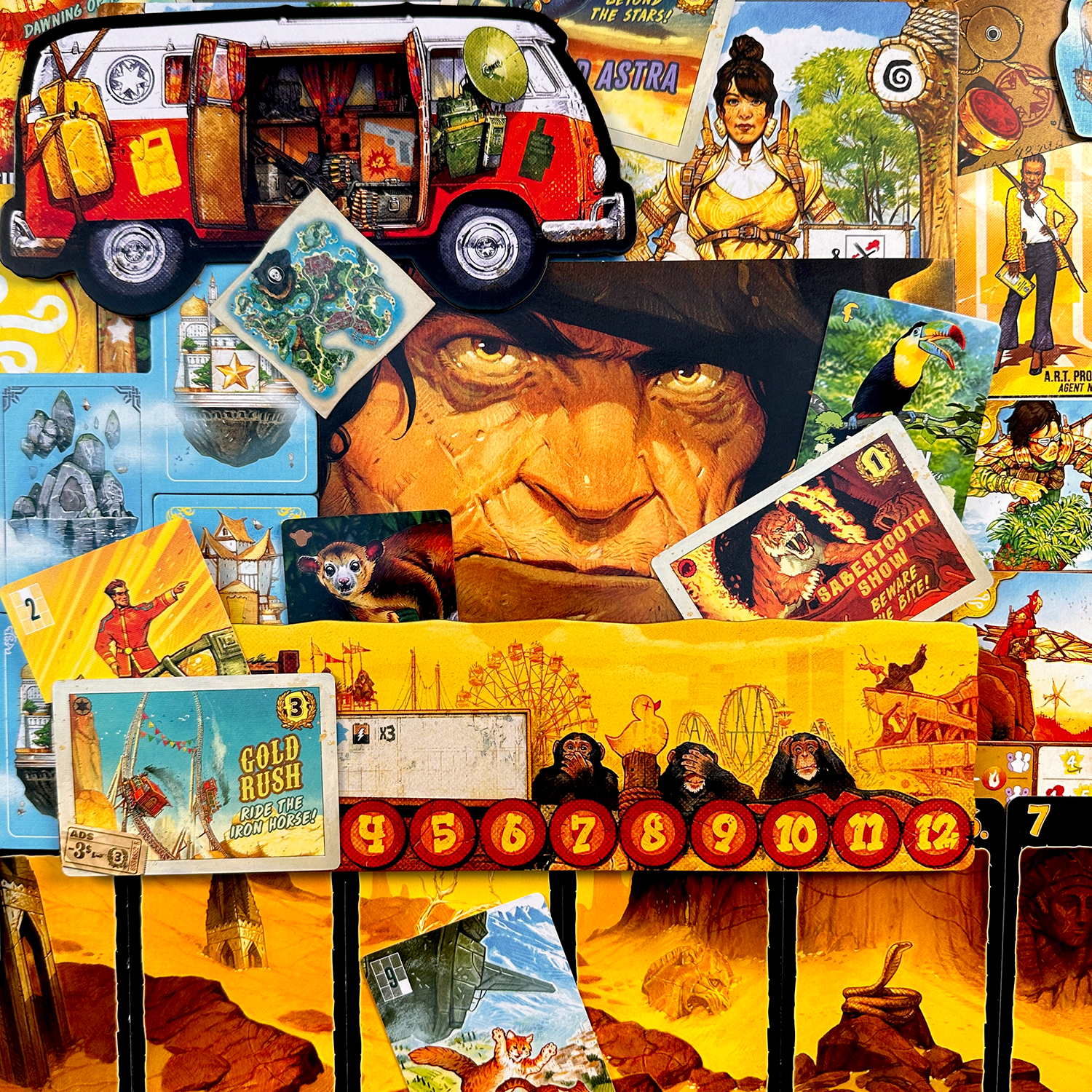

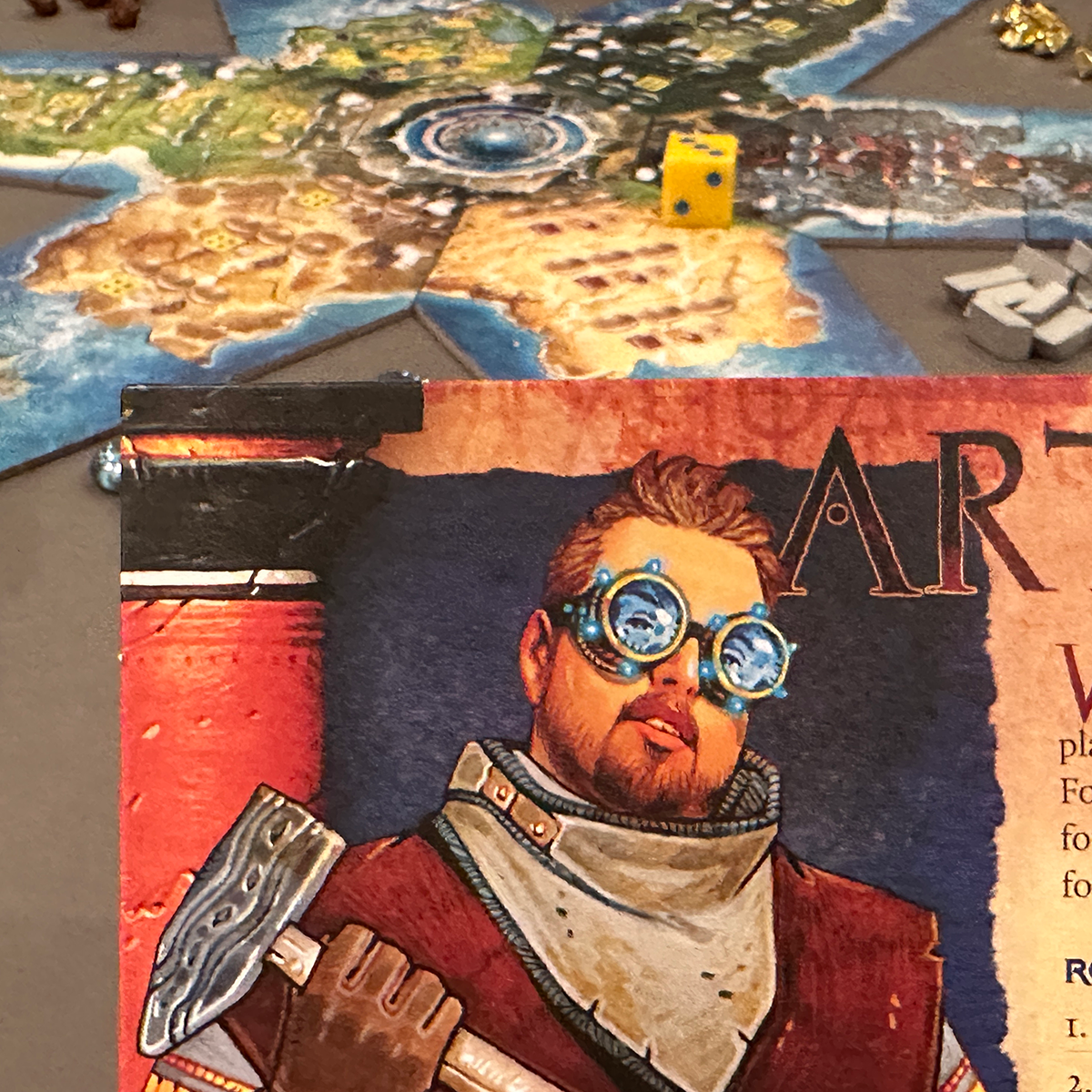

Starting at the start then, when deciding to embark on a career as an illustrator, was it always with the aim to illustrate RPGs and board games?
I started working in children’s illustration at the end of the 90s. In the early 2000s, I worked on some board games. Then more for role-playing games, like Pathfinder in its early days and the fourth edition of Dungeon & Dragons. It wasn’t until 2008 that I got back into the board game world. Through Gameworks and Water Lily, Tikal 2. Since then I’ve worked on over a hundred games and now dedicate myself exclusively to it.
Which other illustrators have been influential on you and your work?
It’s vast, the list is long! It ranges from American painters of the early 20th century like N.C. Wyeth, to Japanese artists like Kawaze Hasui and more recently illustrators like Jean-Paul Colbus, Angus McBride, and so on!
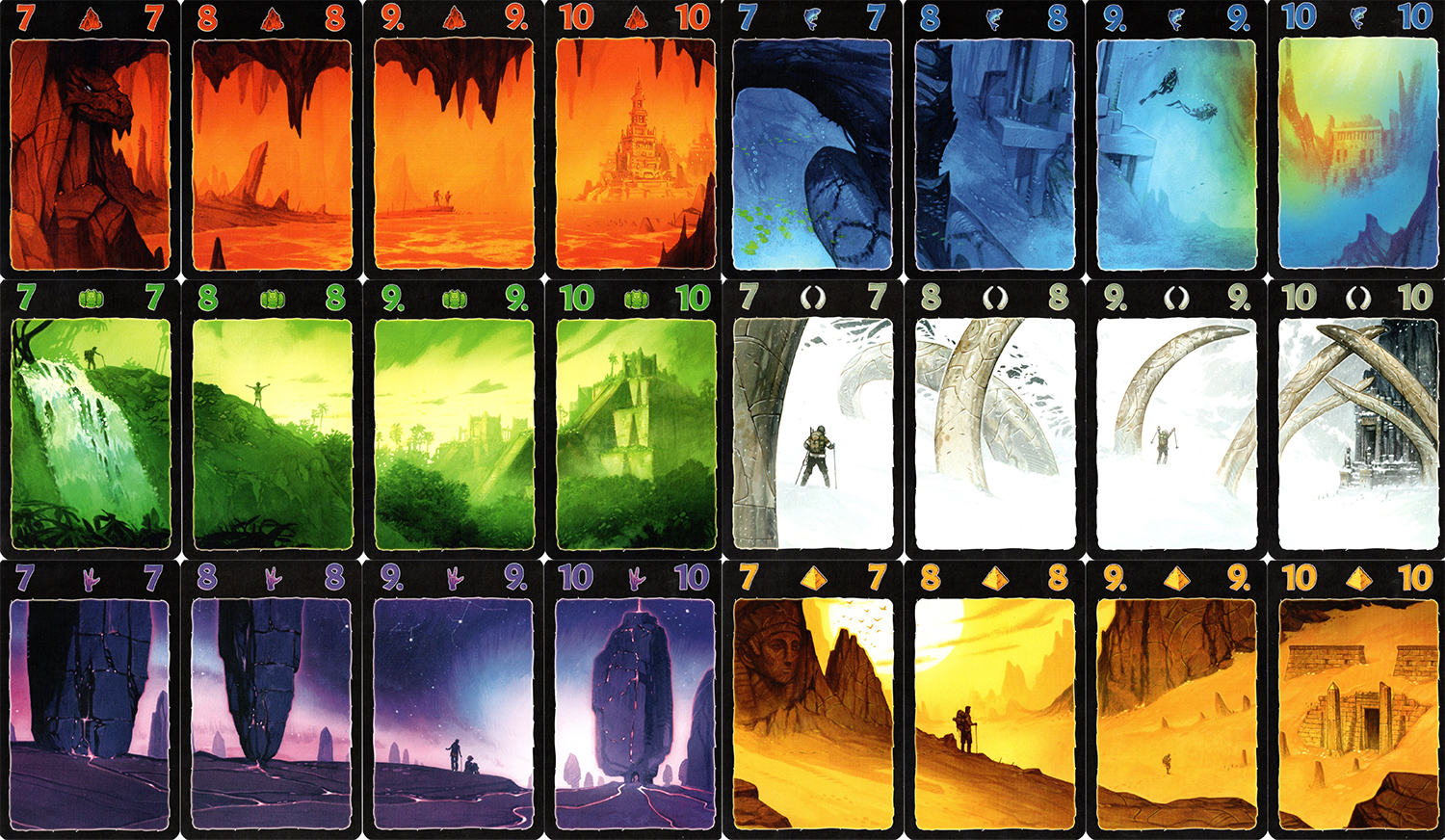

When working with designers and publishers, I assume you work to a brief. Correct me if I am wrong, but I presume the theme has already been decided by the time you are approached. How much freedom in creating the illustrations are you permitted, or is it usually quite restrictive?
The theme is generally decided in advance (and this is already a selection criterion for me, if I don’t like the theme, I will refuse the project). But it also depends on when the publisher contacts me. It can happen that I am close to the publisher or author of the game and that I am integrated into the loop very early. And there we can think and decide on the theme together.
I always want to have a lot of creative freedom. This is an important point. But at the same time, I like the publisher to provide me with descriptions of the illustrations, not necessarily very detailed, so that I have an idea of what they have in mind. Then it’s a question of approach and we discuss intelligently to perfect the link between the illustrations, the theme, and the mechanics of the game.
Anyway, even though these are always commissioned with specifications, I never work like ‘mercenary’ and I do not hesitate to reject projects that do not interest me, that do not correspond to my aspirations of the moment or others for which I feel ‘miscast’.
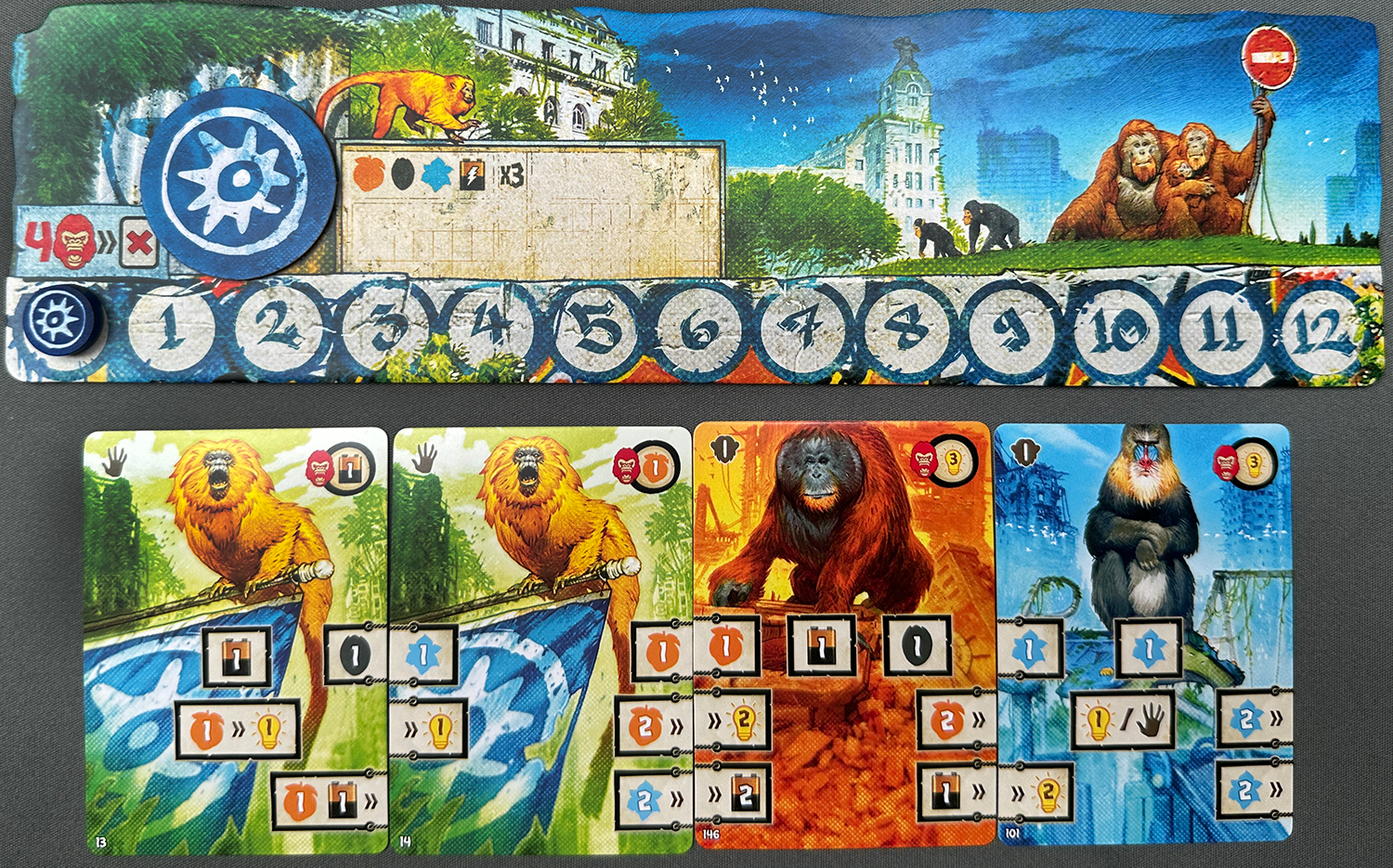

How many projects do you tend to work on at a time?
As illustrating board games is my main job, I need to keep the workflow steady. Therefore, I consider short, mid, and long-term projects. With balanced workloads. This means that I always work on several projects simultaneously but arrange them in a way that they don’t overlap too much. While I’m working on one project, for example, I’m preparing the next one, and when one project is finished, the next one is already underway.
I sometimes have 5-6 projects at the same time, but I don’t lead them all at once. Then, there can be overlaps and unexpected challenges, which are the hazards of publishing, equally on my side as well as on the publisher’s side.
Do you find it easy to jump from one project to the next, or do you rather do solid blocks of time on each project?
As projects can evolve during their conception and realization, which happens mostly, I find it too risky to work in solid blocks. I would rather talk about sequences (a bunch of days), depending on the progress of the projects. In short, I work primarily on the most advanced and well-underway projects. But it’s a delicate balancing act.
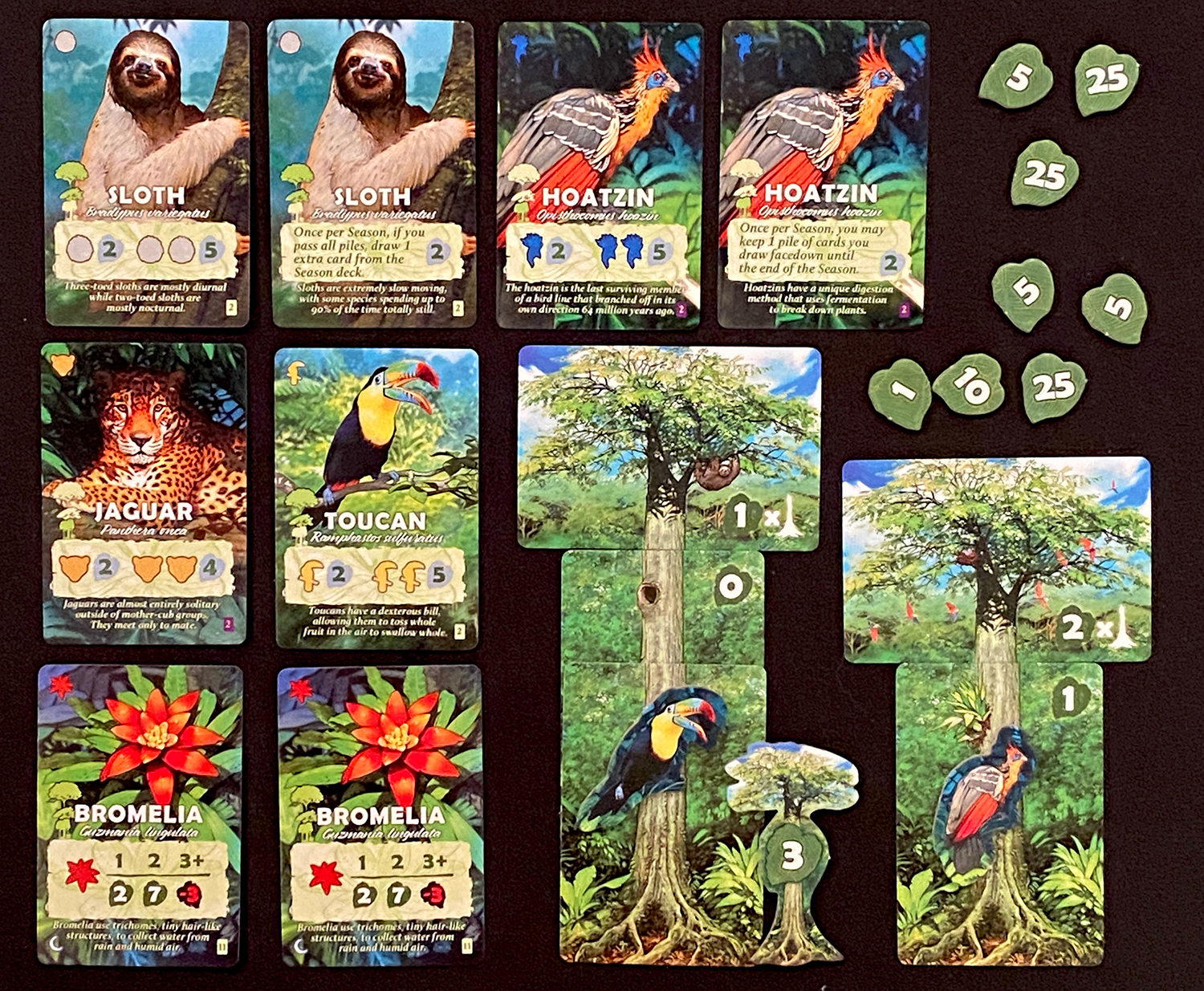

The long list of games you have illustrated will surprise many, are there any that stand out that you particularly enjoyed, because of the subject or the creative freedom you were given?
On the side, this is a detail that, I must admit, tends to irritate me a bit. Certainly, the list is long but it’s my full-time activity. Moreover, spread over a few decades of career, this list seems quite consistent to me. Especially when you see the mass of games that come out each year, more than 2,000 titles, 5-6 games illustrated by Vincent Dutrait. It’s a drop in the ocean. After that, I readily admit that I am lucky to be identifiable, noticed and that I am offered games that will be highlighted, with strong visibility.
It’s difficult to make a choice because there are many that correspond. But I think especially of the diptych Lewis & Clark and Discoveries, The Quest For El Dorado or Detective: City of Angels. Where I was able to fully express myself on subjects close to my heart. Where I was able to create in total freedom, experimenting as well and developing universes that I particularly cherish.
Following on from that, is there a board game that you feel is your ‘magnum opus’?
Not yet, still expecting because: “You have to have a high conception, not of what you are doing, but of what you may do one day: without that, there’s no point in working.” – Edgar Degas
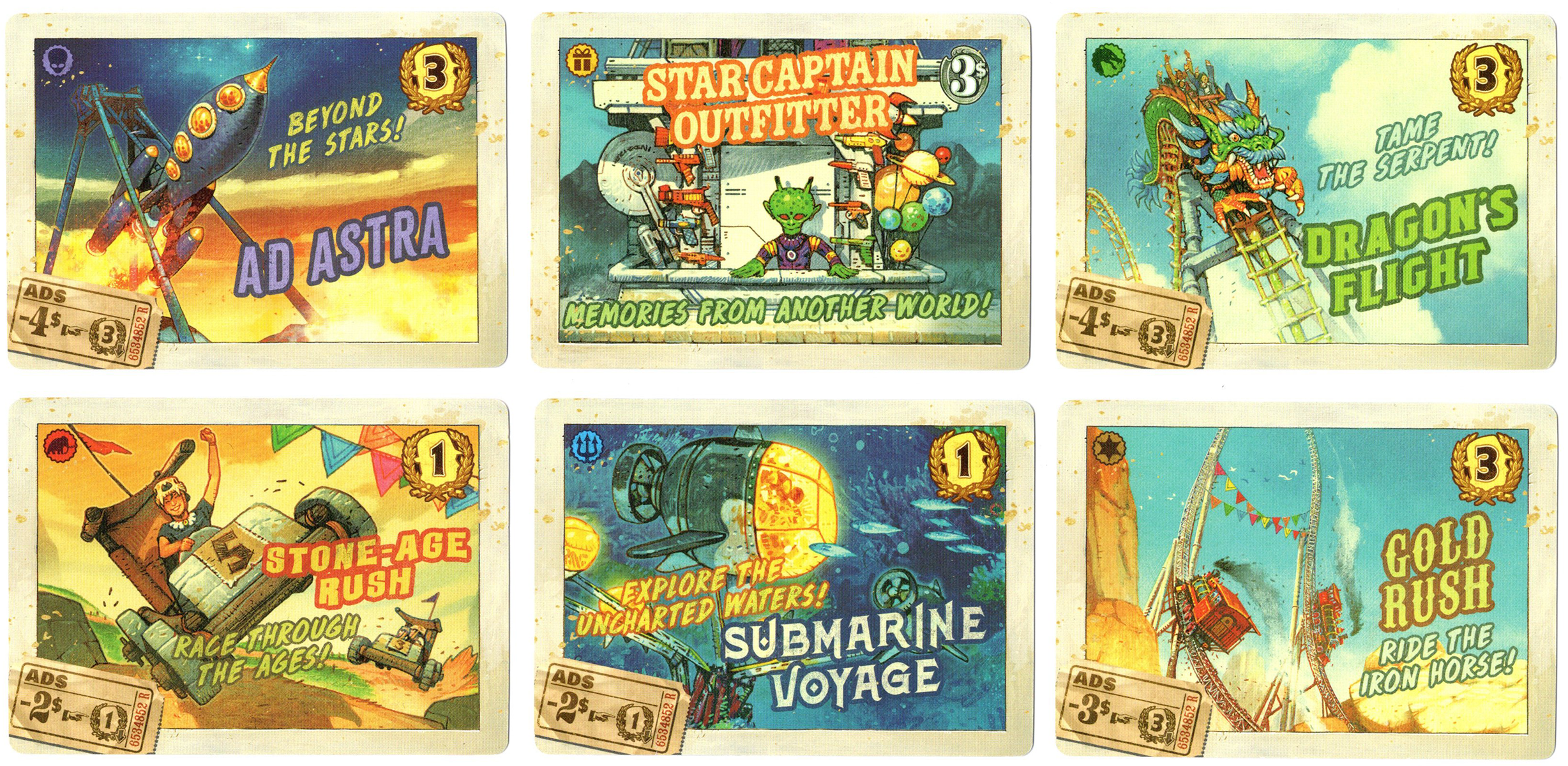

Do you ever play the games that you illustrate, either during the process or after production?
Previously, with less gaming experience, I always wanted to play the games I was illustrating. But now, solid exchanges and a good presentation are usually enough for me. Or lots of pics, examples of gameplay. Also, I wish to be able to (re)discover the games when I receive them, months or even years later. This way, I can fully enjoy them.
Time permitting, do you still like to play board games and RPGs?
I no longer have enough time to play RPGs, nor do I have enough interested acquaintances. But, more often with my family, we enjoy playing games like Everdell, Ticket to Ride, or other card games like Abluxxen.
Have you got any new and exciting projects you are allowed to tell us about?
Unfortunately, all – very – top secret!
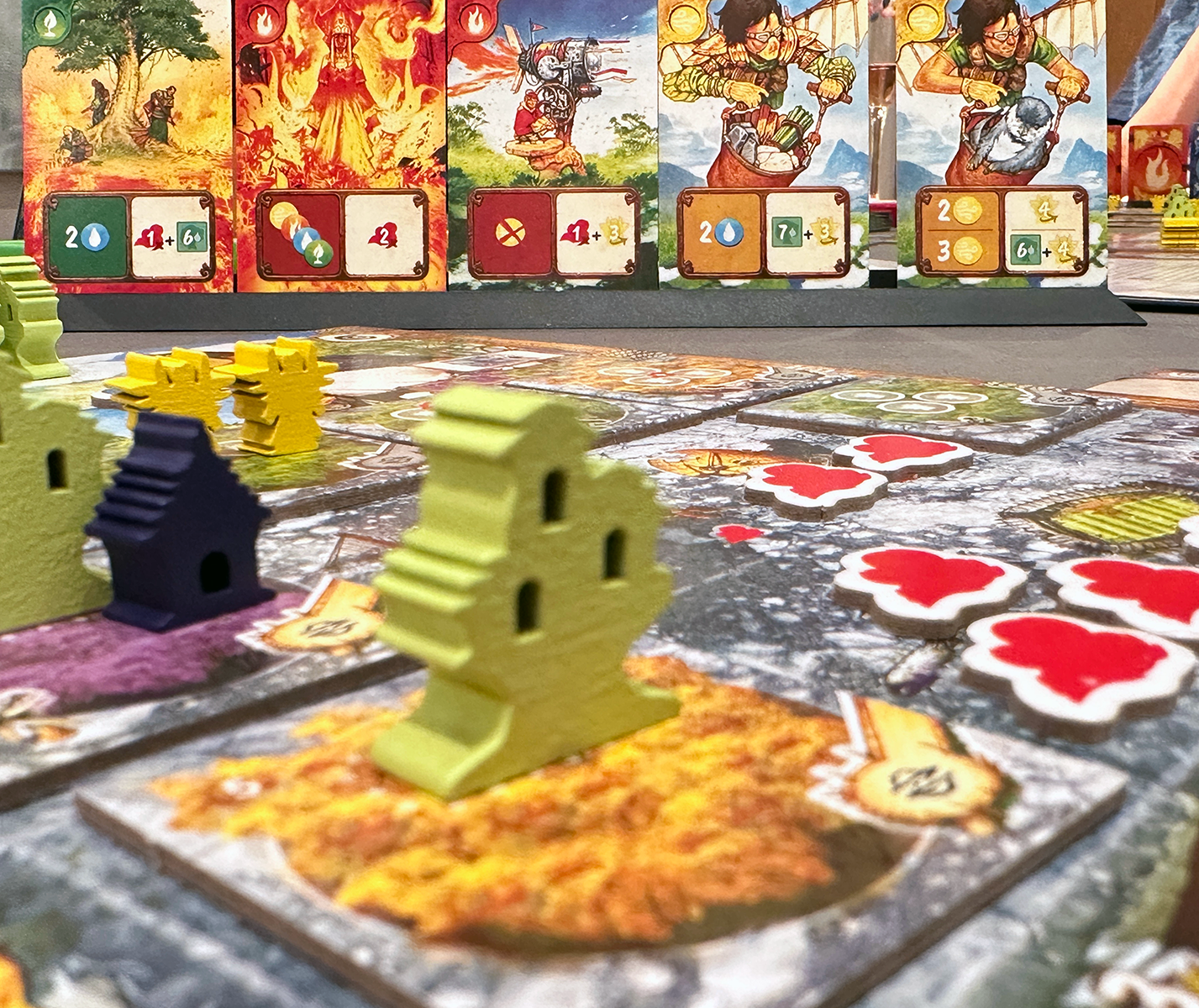

I believe you still use what would probably be described as ‘traditional’ methods for your illustrations: pencils, acrylic paint and the like, which are then digitized for printing. Is this pure preference, part of your training, or a mini rebellion against creating digital art?
Right. It’s mainly what I learned and what I like. Also, over time, I realize that traditional work has more and more value and brings real added value to my illustrations. And, very pragmatically, I need a physical connection with my illustration, my medium; I love to touch the paper, feel the thickness of the paint, and the smell of the tools and materials.
I have nothing against digital art, on the contrary, I am very interested in it and I am not elitist or self-centered at all. There is always something to learn and take away from other techniques.
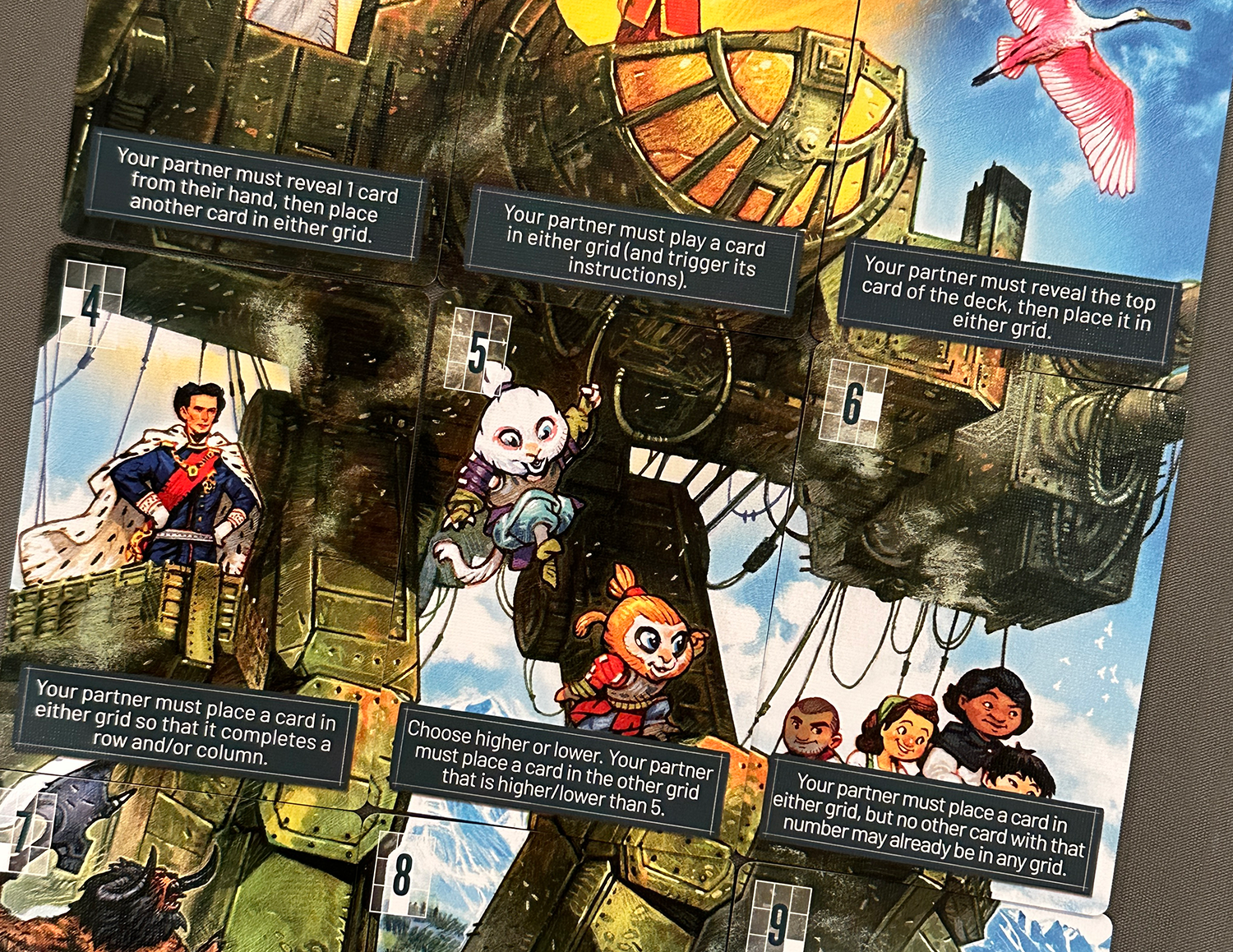

What happens to the original artwork?
I keep all the originals at home, well protected (perhaps 9 000 pieces now?). I do sell some, it’s possible, I don’t have a catalogue and you have to write to me directly. And for editorial work, I take care of scanning and preparing my illustrations for printing.
The originals never leave my home (except for a sale or an exhibition of course) and I also know that all the files I send are well calibrated and adjusted for the best possible printing, following the guidelines of the manufacturers.
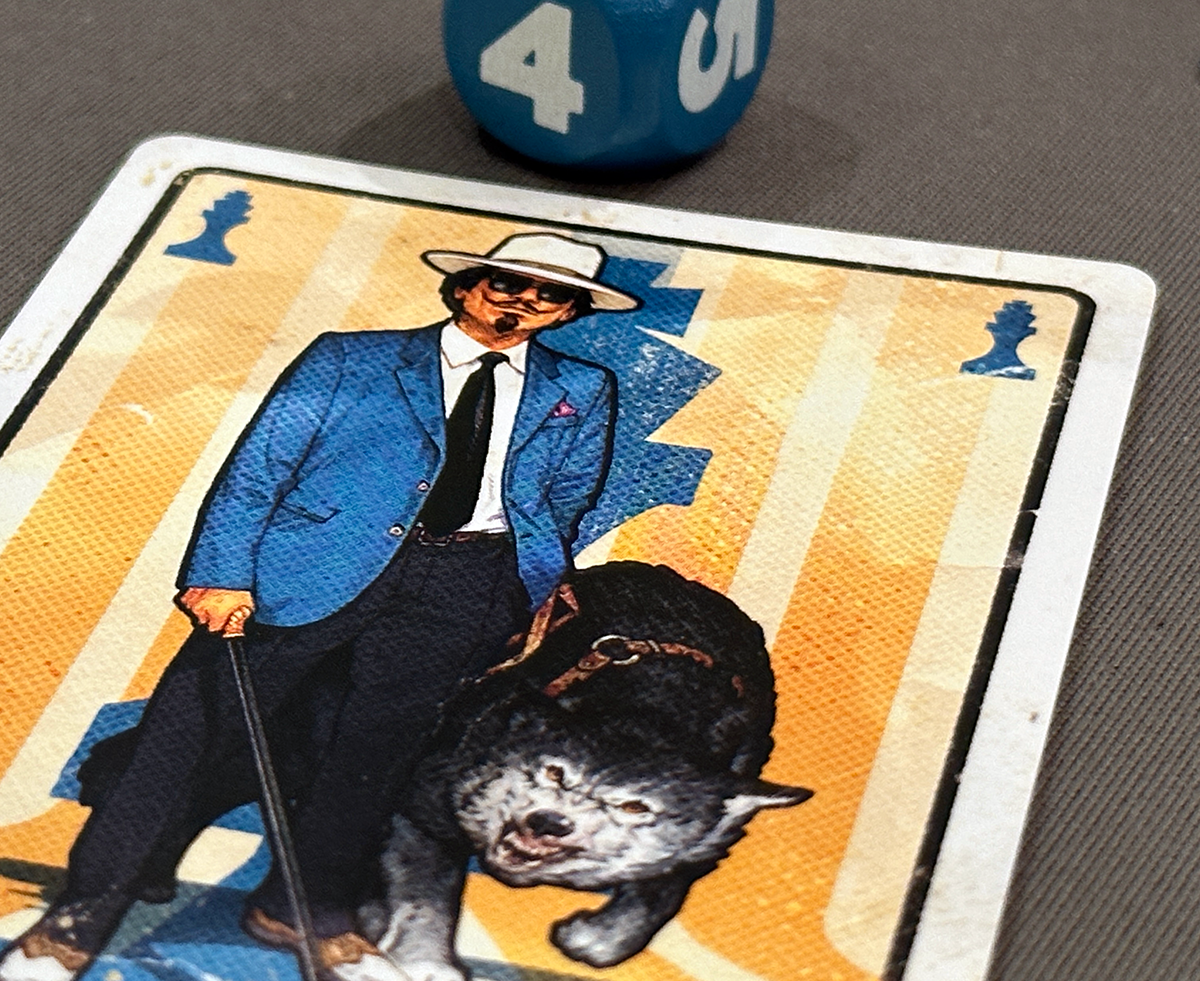

Having studied and been a teacher at École Émile Cohl, have you got any top tips for anyone wanting to become an illustrator of board games and RPGs?
Be curious about everything, do not impose limits on yourself, do not reject any opening, do not be impervious to change. Question yourself, always think on long-term, and be proud of what you create.
I think it’s very easy to find work when starting out as an illustrator, but much more difficult and complex to still be in the game 10 years later! You need to have a broad vision of your work and career, be ambitious and give yourself the means to succeed.
Feed yourself with images constantly, whether on the net, in artbooks, everywhere, all the time. Transmit and share. Think primarily of the person who will look at your illustrations, do not work ‘only’ for yourself or your bills. And most importantly, in three words: work, work, work!
Thank you so much for answering these questions I have found it fascinating!
OK, thanks a lot, the questions are very interesting!
The post Interview with Vincent Dutrait appeared first on Board Game Review.


